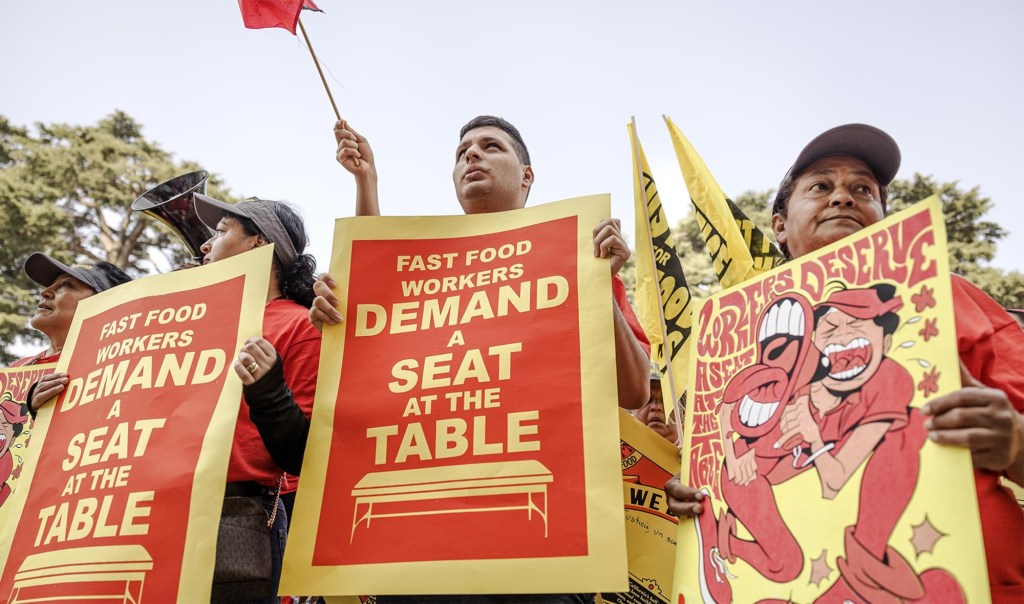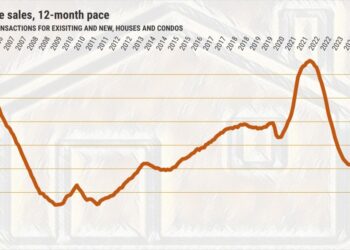By Jeanne Kuang | CalMatters
Say you work at a fast food restaurant or coffee shop that bears the name of a national chain. Under California law, you’re entitled to be paid at least $20 an hour starting Monday.
Say you work at one of those stores, inside a grocery store. The grocery store, your employer, is exempt under the law. You’ll keep getting your current wages.
But say you assemble burgers, scoop ice cream or prepare Frappuccinos at one of those stores, and it’s inside another store, but the bigger store isn’t a “grocery” because less than half of its revenues are made off groceries. What then?
According to the state of California, the store should be paying you at least $20 an hour, but only for the hours you work in the fast food portion of the store. If you spend part of your shift checking out customers or stocking the shelves in the rest of the store, you’re only entitled to the regular minimum wage of $16 for those hours.
That’s according to an 18-item FAQ the Department of Industrial Relations published in March as California businesses prepare for the fast food minimum wage to kick in on Monday.
It’s not the only situation that is confusing employers and workers alike.
To raise wages for fast food workers, the Service Employees International Union struck a deal last year with the International Franchise Association and California Restaurant Association that included owners of fast food chain locations but exempted those who operate independent restaurants.
The law covers all fast food restaurants that belong to chains with 60 or more locations nationally, roping in the unions’ targets: McDonald’s or Burger King and their franchise owners. More than 500,000 Californians — primarily women, immigrants and people of color — work in what’s known in the industry as “limited service restaurants.” Earlier this year SEIU estimated the law will apply to roughly 3,000 employers.
“The vast majority of fast-food…
Read the full article here







